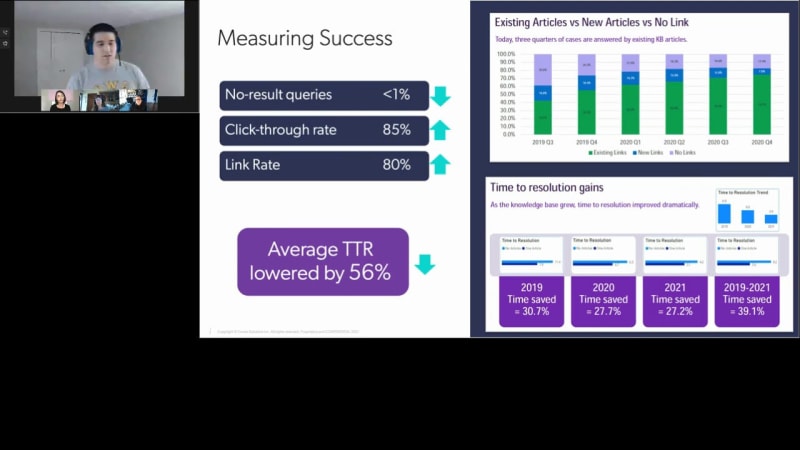
Knowledge Management Best Practices for a Successful Customer Support Experience
Join The Technology & Services Industry Association's (TSIA) John Ragsdale as he shares industry data on the current state of knowledge management (KM) and its impact on customer support. This webinar also includes a detailed knowledge management case study presented by Darragh Perrow and Alex VanFosson from OSIsoft who discuss the company’s valuable knowledge transformation journey.
Information covered includes:
- Key findings from TSIA's 2020 Knowledge Management Survey
- The critical role of company culture in KM success
- OSISoft's Transformation to KCS
- Best practices for implementing KCS and AI-powered search

Alex VanFosson
Knowledge Engineer

Darragh Perrow
Business System Analyst

Bonnie Chase
Senior Director, Service Marketing

John Ragsdale
VP Technology Ecosystems



